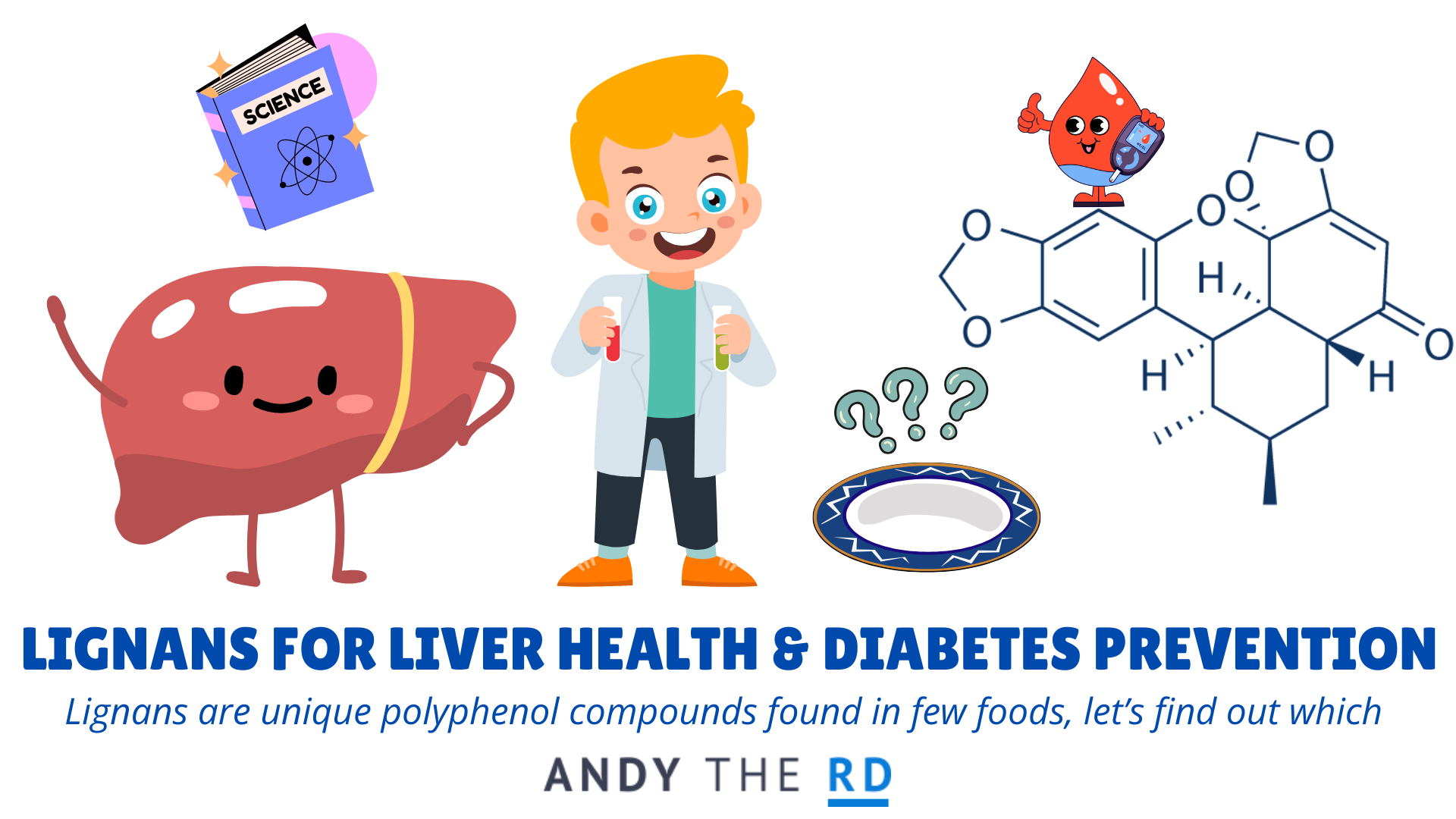Lignans are a unique sub-family of polyphenol compounds that are found in rich-supply in relatively few foods.
The most abundant sources by far are flax and sesame seeds.
The easiest way to boost the lignan content of your diet would be the incorporation of those two foods, but they aren’t the only ones that contain them.
Other Foods With Lignans Include:
- Broccoli
- Kale
- Brussel Sprouts
- Green Beans
- Peas
- Rye Bread
- Sunflower Seeds
- Cashews
- Chickpeas
As you can see, we are talking about a pretty powerhouse group of foods that also otherwise carry with them numerous other health benefits.
In many ways, their lignan content is the icing on the cake.
Let’s find out why.
Lignans – The Evidence
If you haven’t yet, please do read my article on Polyphenols For Fatty Liver Disease to get a better understanding for the metabolic impact of this family of compounds and the foods that contain them.
Lignans are one of many types of polyphenols, but their association with beneficial health outcomes really does stand out.
For Diabetes Risk
In a recently published study out of JAMA Network Open, the lignan intake of over 200,000 adults was monitored over multiple decades and analyzed relative to the risk of ending up with type 2 diabetes.
The researchers found that adults with the highest lignan intake had a 13% lower risk of diabetes – but that the protective effect was greater in premenopausal women and individuals with a BMI > 25.
Adults with higher lignan intakes also tended to have:
- Lower A1C
- Lower Triglycerides
- Lower hsCRP
- Higher HDL
These are obviously promising findings and perhaps not overly surprising when we consider the list of foods highest in lignans.
The story doesn’t end there though.
For Fatty Liver Disease
In 2021 the Clinical Nutrition ESPEN journal looked at dietary lignan intake relative to fatty liver disease risk and found that adults with the highest lignan intake were 66% less likely to have a fatty liver.
The study above had a smaller sample size and was not as strong scientifically as the JAMA study, which may explain what appears to be a very strong protective effect.
None the less, we do have human controlled trial data to suggest that 30 grams (3 tbsp) of flaxseed daily may help lower liver enzymes and other relevant biomarkers of NAFLD.
Flaxseed, as a reminder, is the single richest dietary source of lignans.
Fun Fact
Milk Thistle, a popular fatty liver supplement, also contains lignans.
While I don’t believe it to be a life-changing supplement, it’s still worth talking about.
Milk Thistle (Silymarin)
Milk Thistle is a medicinal plant the seeds of which contain a lignan known as Silymarin.
It also happens to be one of the more popular and widely used supplements in the world of liver health and fatty liver disease.
Silymarin is known to be a potent antioxidant with anti-inflammatory capabilities which may uniquely protect the liver.
As per recent meta-analysis data, the most predictable benefit of silymarin supplementation is a reduction in the liver enzymes ALT & AST.
It is possible that silymarin also contributes positively to triglyceride and HDL levels – but I would not depend on it for this purpose.



